Prices in AUD. Shipping worldwide. Flat rate $8 postage per order within Australia. International by weight calculated at checkout. Read full terms.
-
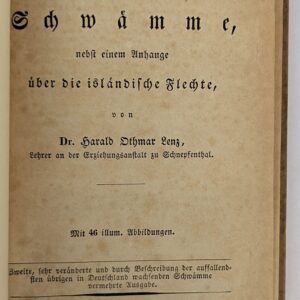
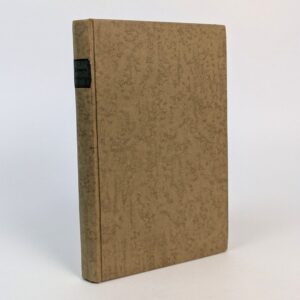
Die Nutzlichen und Schadlichen Schwamme, nebst einem Anhange uber die islandische Flechte
AU$800.00 Read MoreAdd to cartHarald Othmar Lenz
Gotha: Beckersche Buchhandlung, 1840.The useful and harmful sponges, with an appendix on the Icelandic lichen. The second edition enlarged with descriptions of German sponges. The elegantly coloured plates showing a total of 46 illustrations drawn by J. C. Ausfeld. VOLBRACHT 1165.2.
-
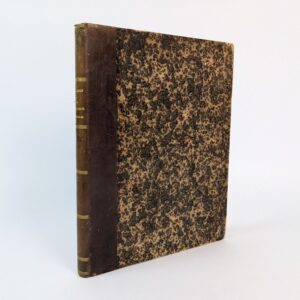
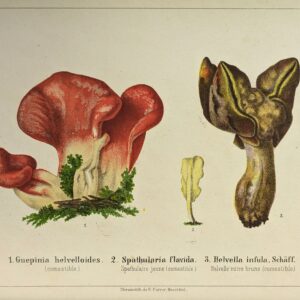
Les Champignons Comestibles et les especes veneneuses avec lesquelles ils pourraient etre confundus
AU$1,200.00 Read MoreAdd to cartLouis Favre-Guillarmod
Paris: Librairie Agricole, [1869].Edible and poisonous mushrooms in the Canton of Neuchatel, Switzerland. The first complete edition with the 2 parts in 1 volume. The first part being a reprint of the 1861 edition, Les champignons comestibles du canton de Neuchatel, the second with a new introduction and further invaluable information on the edibility of mushrooms VOLBRACHT 586. This copy with the mycological bookplate of Jacques and Helene Bon.
-
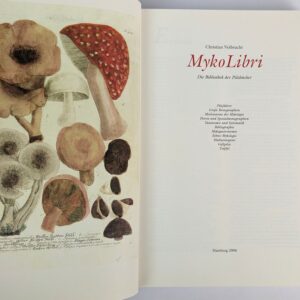
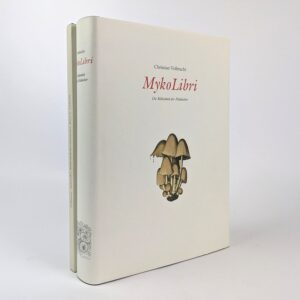
MykoLibri: Die Bibliothek der Pilzbucher (with Addenda, 2 Volumes)
AU$300.00 Read MoreAdd to cartChristian Volbracht
Hamburg: Christian Volbracht, 2006-2017.Detailed bibliography of mushroom books with thousands of bibliographic records of mycological literature from the 15th to the 20th century. One of the 750 standard edition, signed and numbered with Coprinus ink after the recipe by Pierre Bulliard. Includes the supplementary volume published in 2017 and the 8 page English translation of the introduction, glossary, and advice to the reader.
-
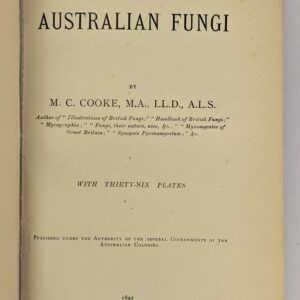
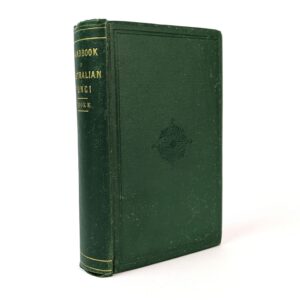
Handbook of Australian Fungi
AU$1,500.00 Read MoreAdd to cartM. C. Cooke
London: Williams and Norgate for the Departments of Agriculture in Melbourne, Brisbane, Sydney, Adelaide, Hobarton, 1892.The first monograph on Australian fungi by English botanist and mycologist Mordecai Cubitt Cooke (1825-1914). Containing descriptions of 2079 species of macrofungi, microfungi, and slime moulds (or myxomycetes), of which 377 figures are illustrated across 36 plates. The samples which the handbook are based on were supplied by Ferdinand von Muller, Flora Martin, F. M. Bailey, Sven Berggren, and others, and shipped to Cooke in England. This distance limited the accuracy of the work, nevertheless, as the first volume devoted to the subject its historical import cannot be understated and remains a key work in any Australian mushroom collection.
-
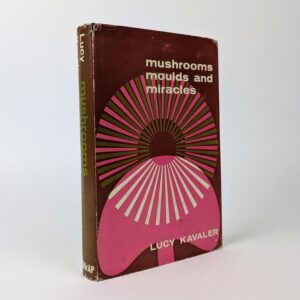
Mushrooms, Moulds and Miracles: The Strange Realm of Fungi
AU$40.00 Read MoreAdd to cartLucy Kavaler
London: George G. Harrap & Co., 1967. -
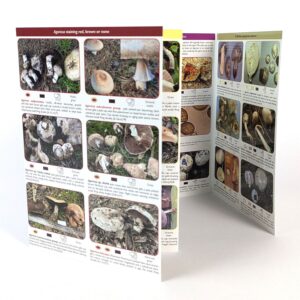
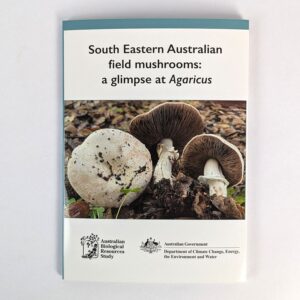
South Eastern Australian Field Mushrooms: A Glimpse at Agaricus
AU$18.00 Read MoreAdd to cartTeresa Lebel; Amelia-Grace Boxshall; Sapphire McMullan-Fisher
Caloundra: Queensland Mycological Society, 2024.“This guide illustrates a small portion of the known diversity of native and exotic-introduced species, important characters, and sporophore (fruitbody) forms in the genus Agaricus L. in temperate to tropical eastern and southern Australia.” (from rear cover)
-

Illustrated Genera of Ascomycetes
AU$50.00 Read MoreAdd to cartRichard T. Hanlin
St. Paul: The American Phytopathological Society, 1990.A reference tool which allows easy identification of one of the largest groups of fungi to cause diseases of plants. Illustrated by Carol Gubbins Hahn. The first edition, in one volume.
-
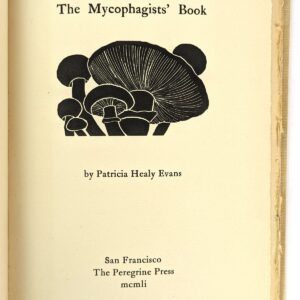

The Mycophagists’ Book
AU$400.00 Read MoreAdd to cartPatricia Healy Evans
San Francisco: The Peregrine Press, 1951.A treatise on the cooking and eating of mushrooms. A fine American private press production limited to 175 copies. This copy inscribed by the author and the printer. VOLBRACHT 567.
-

Psilocybin Mushrooms of South East Queensland, Australia: Eliminating the Harms
AU$45.00 Read MoreAdd to cartT. K. Nixon
[Eumundi]: T. K. Nixon, 2023.“What are the main harms associated with foraging for and eating psilocybin mushrooms – the mushrooms themselves, poisonous look-a-likes, or the laws surrounding their use and possession? T. K. Nixon guides us through thousands of years of history, fifty years of prohibition and a modern, scientific, mushroom renaissance in this one-of-a-kind work. With over forty full-colour photos, and identification and environmental information, this book contains all you need to avoid the harms associated with psilocybin mushrooms.” (rear cover)
-
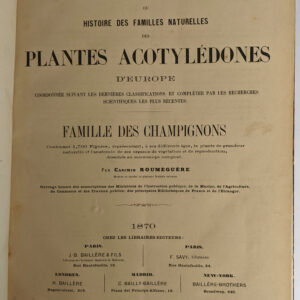
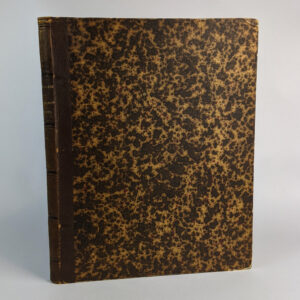
Cryptogamie Illustree ou Histoire des Familles Naturelles des Plantes Acotyledones d’Europe: Famille des Champignons
AU$480.00 Read MoreAdd to cartCasimir Roumeguere
Paris, London, Madrid & New York: J. -B. Baillere & Fils, F. Savy, H. Baillere, C. Bailly-Baillere, and Baillere-Brothers, 1870.Illustrated Cryptogamy or History of the Natural Families of the Acotyledonous Plants of Europe: Coordinated According to the Latest Classifications and Completed by the Most Recent Scientific Researches. Fungi Family. Containing 1,700 figures, representing, at its different ages, the plant in natural size and the anatomy of its organs of vegetation and reproduction, drawn under the microscope. 20 page Index Synonymqie de la famille des Champignons supplement dated 1873 bound in at rear.
-


Grzyby (Fungi)
AU$200.00 Read MoreAdd to cartAlina Skirgiello
Warszawa: Panstwow Wydawnictwo Naukow, 1960.The mushroom volume from the Flora Polska.
-
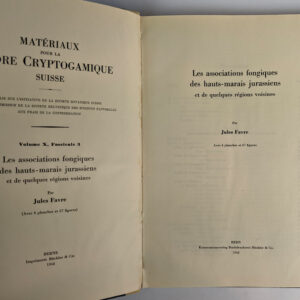
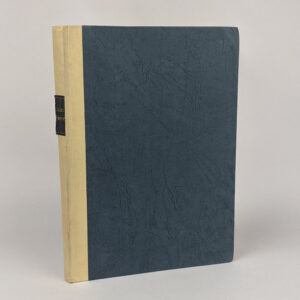
Les Associations Fongiques des Hauts-Marais Jurassiens et de Quelques Regions Voisines
AU$40.00 Read MoreAdd to cartJules Favre
Liestal: Druck Ludin, 1960.The Fungal Associations of the Hauts-Marais Jurassiens and some neighboring regions. Volume X, Fasciule 3 of Materiaux pour la Flore Cryptogamique Suisse.
-

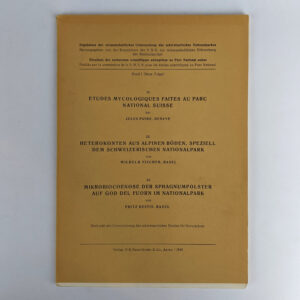
Etudes Mycologiques Faites au Parc National Suisse; Heterokonten aus Alpinen Boden, Speziell dem Schweizerischen Nationalpark; Mikrobiocoenose der Sphagnumpolster auf God del Fuorn im Nationalpark
AU$80.00 Read MoreAdd to cartJules Favre; Wilhelm Vischer; Fritz Heinis
Aarau: H. R. Sauerlander 7 Co., 1945.3 papers from the Results of the Scientific Investigation of the Swiss National Park: 11. Mycological Studies Made in the Swiss National Park by Jules Favre, with 2 colour plates; 12. Heterokonten from Alpine soil, specifically the Swiss National Park by Wilhelm Vischer; 13. Microbiocoenosis of the sphagnum pads on God del Fuorn in the National Park by Fritz Heinis. Printed with the support of the Swiss Federation for Nature Conservation.
-

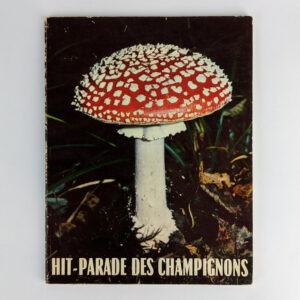
Hit-Parade des Champignons: Champignons Sauvages, Champignons & Nature
AU$55.00 Read MoreAdd to cartSerge Hureaux
Paris: Iris, 1974.French guide to wild mushrooms.
-
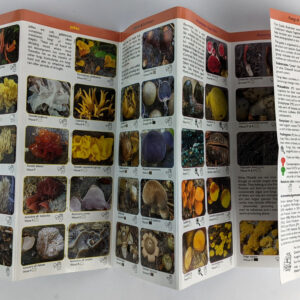
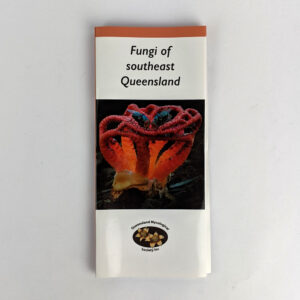
Fungi of Southeast Queensland
AU$6.00 Read MoreAdd to cartFrances Guard; Sapphire McMullan-Fisher
Caloundra: Queensland Mycological Society, 2021.This laminated fold-out field guide illustrates some of the variety of fungi that are not typical ‘mushroom’ shapes. This is an updated version of Fungi of the Sunshine Coast
-
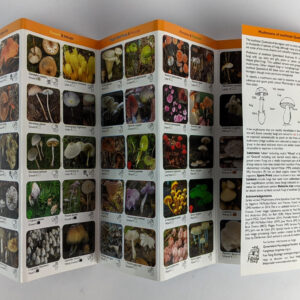
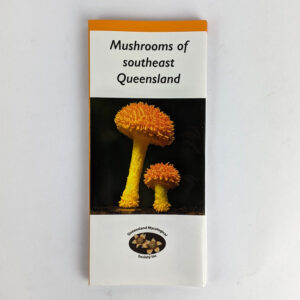
Mushrooms of Southeast Queensland
AU$6.00 Read MoreAdd to cartFrances Guard; Sapphire McMullan-Fisher
Caloundra: Queensland Mycological Society, 2021.This laminated fold-out field guide illustrates 97 ‘mushrooms’ i.e. fleshy fungi with cap, stem and gills, pores or spines, and some fan-shaped gilled fungi. This is an updated version of Mushrooms of the Sunshine Coast.
-
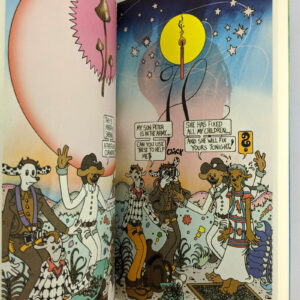
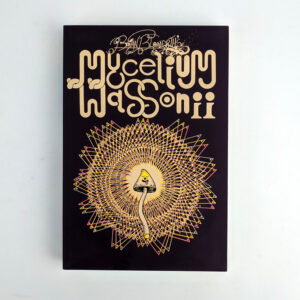
Brian Blomerth’s Mycelium Wassonii
AU$60.00 Read MoreAdd to cartBrian Blomerth
New York: Anthology Editions, 2021.“Brian Blomerth first fused his singularly irreverent underground comix style with heavily-researched history in 2019’s Brian Blomerth’s Bicycle Day, a Technicolor retelling of the discovery of LSD. Now, the illustrator and graphic novelist continues his wild and woolly excursions into the history of mind expansion with Mycelium Wassonii, an account of the lives and trips of R. Gordon and Valentina Wasson, the pioneering scientist couple responsible for popularizing the use of psychedelic mushrooms. A globetrotting vision of hallucinatory science and religious mysticism with appearances by Life Magazine, the CIA, and the Buddha, Mycelium Wassonii is a visual history and a love story as only Blomerth’s Isograph pen can render it.” (publisher’s blurb)
-

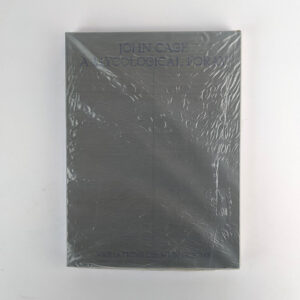
John Cage: A Mycological Foray: Variations on Mushrooms
AU$200.00 Read MoreAdd to cartJohn Cage; Lois Long; Alexander H. Smith
Los Angeles: Atelier Editions, 2020.“Imagined as an extended mushroom-foraging expedition, John Cage: A Mycological Foray gathers together Cage’s mushroom-themed compositions, photographs, illustrations and ephemera. Indeterminacy Stories and other writings by Cage are interwoven throughout the first volume within a central essay examining Cage’s enduring relationship with mycology. Also included is a transcript of Cage’s 1983 performance, MUSHROOMS et Variationes. The second volume is the inaugural reproduction of Cage’s 1972 portfolio, Mushroom Book, authored in collaboration with illustrator Lois Long and botanist Alexander H. Smith. Readers are thus drawn through the landscape of Cage’s mycologically centred oeuvre and interests, discovering assorted works, images, compositions, philosophies and ephemera, as one might encounter assorted fungi and flora while foraging.” (publisher’s blurb)
-
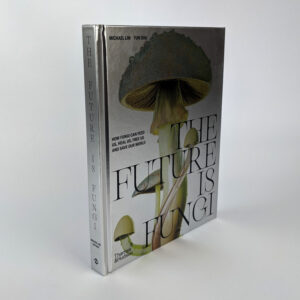

The Future is Fungi
AU$50.00 Read MoreAdd to cartMichael Lim; Yun Shu
London: Thames & Hudson, 2022.How Fungi Can Feed Us, Heal Us, Free Us and Save Our World. “The kingdom of fungi has survived all five major extinction events. They are the architects of the natural world, integral to all life. They sustain critical ecosystems, recycling nutrients and connecting plants across vast areas, and help to produce many staples of modern life, such as wine, chocolate, bread, detergent and penicillin. Today, in the face of urgent ecological, societal and spiritual crises, fungi are being engineered to grow meat alternatives, create new sources of medicine, produce sustainable biomaterials, remediate the environment and even expand our collective consciousness. The Future is Fungi is a complete introduction to this hidden kingdom. Exploring their past, present and potential future impact in four key areas – food, medicine, psychedelics and mental health, and environmental remediation – this book not only reveals how fungi have formed the foundations of modern life but how they might help shape our future. Rich with informative texts, awe-inspiring 3D digital art and tips on how to immerse yourself in the world of fungi, this is a manifesto for the future, an invitation into a deeper awareness of our relationship with the natural world, each other, and ourselves.” (publisher’s blurb)
-
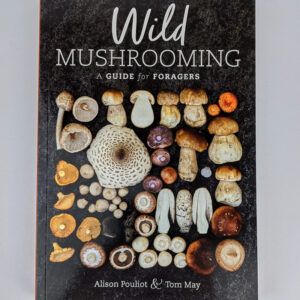
Wild Mushrooming: A Guide for Foragers
AU$50.00 Read MoreAdd to cartAlison Pouliot; Tom May
Melbourne: CSIRO Publishing, 2021.“Fungi are diverse, delicious and sometimes deadly. With interest in foraging for wild food on the rise, learning to accurately identify fungi reduces both poisoning risk to humans and harm to the environment. This extensively illustrated guide takes a ‘slow mushrooming’ approach — providing the information to correctly identify a few edible species thoroughly, rather than many superficially. Wild Mushrooming: A Guide for Foragers melds scientific and cultural knowledge with stunning photography to present a new way of looking at fungi.” (publisher’s blurb)
